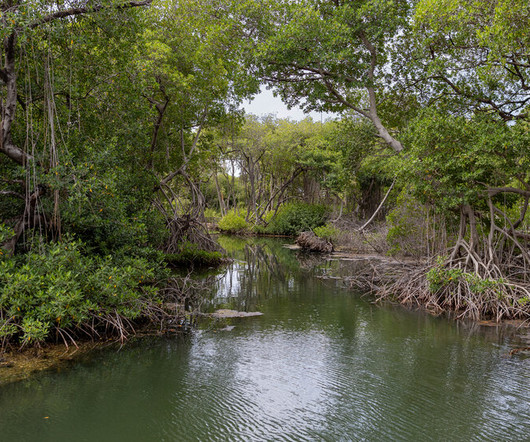Alberta Innovates & NRCan awarding $26.2M to three oil sands clean tech projects; industry kicking in $43.3M
Green Car Congress
MAY 12, 2017
Alberta Innovates has teamed up with Natural Resources (NRCan) and industry partners to take three clean oil sands technologies to commercial demonstration. This announcement is a result of NRCan’s Oil and Gas Clean Tech Program. Cenovus Energy will test an oil sands extraction technology using a solvent-driven process.












Let's personalize your content